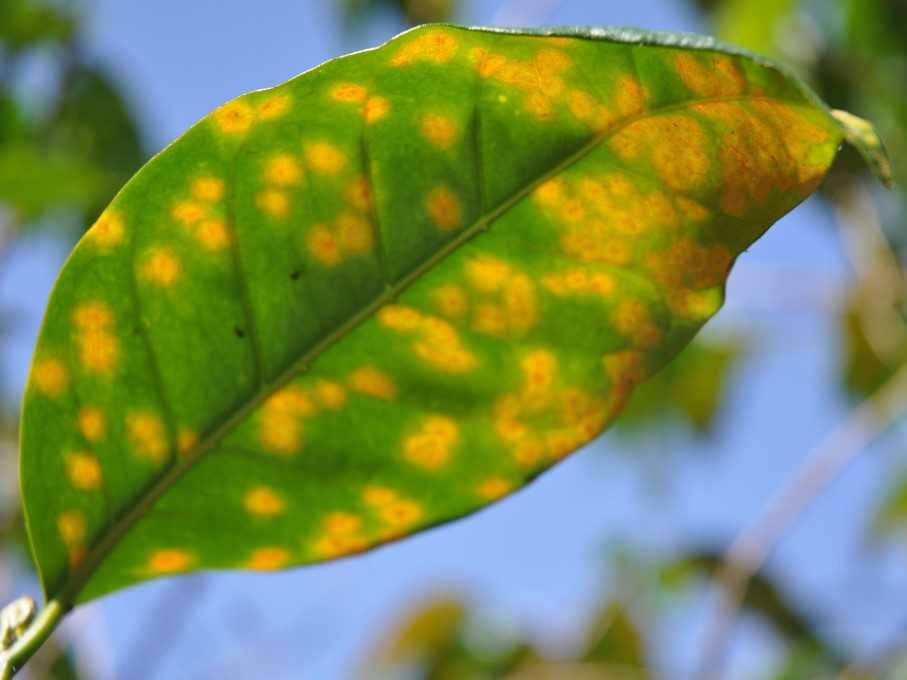VIENNA, Austria – Coffee, one of the world’s most-traded commodities, is increasingly threatened by a disease known as coffee leaf rust.
Experts from Central America, the region most affected, are gathering at the International Atomic Energy Agency (IAEA) this week to learn how to apply nuclear science and technology to breed plants that are resistant to the deadly fungus.
The training is taking place at the Food and Agriculture Organization of the United Nations (FAO)/ IAEA Plant Breeding and Genetics Laboratory in Seibersdorf, Austria, and at the Austrian University of Natural Resources and Life Sciences (Universität für Bodenkultur Wien).
It is part of a project, partially funded by the OPEC Fund for International Development, to establish a global research and development network, with a core in Latin America, to help producing countries respond to coffee leaf rust.
The disease was first identified in Kenya in 1861 and is now found in virtually all coffee-producing countries. The fungus, which kills plants by withering their leaves, has been a latent threat to coffee growers in Central America for decades.
As the coffee industry is a key employer in the region, widespread disease outbreaks can lead to severe economic losses. Guatemala and Honduras rank among the top 10 coffee producers in the world. In 2013, Guatemala declared a state of agricultural emergency after the fungus spread to approximately 193,000 hectares of coffee plants, about 70 per cent of the nation’s crop.
For two weeks, coffee experts are learning how to use radiation to create varieties that can withstand coffee leaf rust. Plant mutation breeding, as the technique is called, can speed up the process of introducing changes to a plant’s genetic make-up.
This helps researchers find plants with desired traits, such as disease-resistance, faster than when using traditional breeding methods, and without affecting other desirable characteristics, such as taste.
“Traditional breeding in coffee takes 20 years,” said participant Noel Arrieta Espinoza, Breeding and Genetics Coordinator at the Costa Rican Coffee Institute. “Developing new varieties can be done much faster by inducing mutations with gamma irradiation.”
Fungal diseases such as coffee leaf rust pose one of the greatest threats to crops, as they rapidly overcome natural plant resistance. Coffee, especially the popular Arabica variety, is particularly susceptible to disease due to low genetic diversity among cultivated plants.
Climate change, which has raised average temperatures and increased rainfalls, also creates an environment where the disease can spread more quickly and widely within coffee-growing regions.
“Plant mutation breeding is a fast way to develop improved crops with new and useful traits,” said Stephan Nielen, FAO/IAEA geneticist in charge of the training.
“The method also offers a widely accepted, economical and environmentally sustainable approach to protect yield and ensure adequate quantities of pesticide-free crops.”
The training course includes lectures and practical laboratory exercises so that participants can learn the technique and gain a better understanding of how to set up a crop mutation breeding program in their own countries.
The IAEA, in partnership with the FAO, has been assisting Member States in using nuclear technology to develop new varieties of plants for decades.
Today, the Joint FAO/IAEA Mutant Variety Database counts over 3,200 released mutant varieties, out of which 510 have been bred to be more resistant to biotic stresses such as diseases and insect pests, and 340 to resist fungal infections.


















